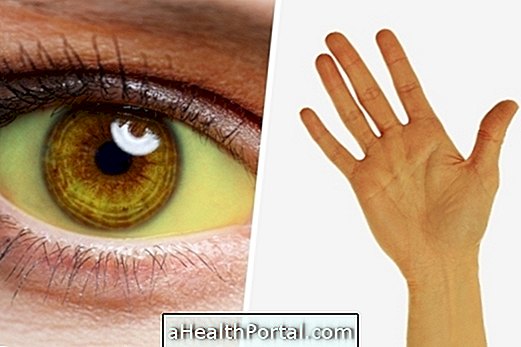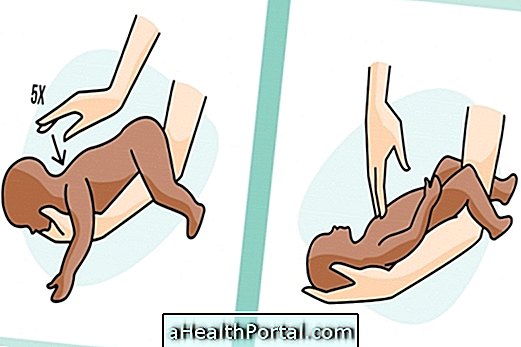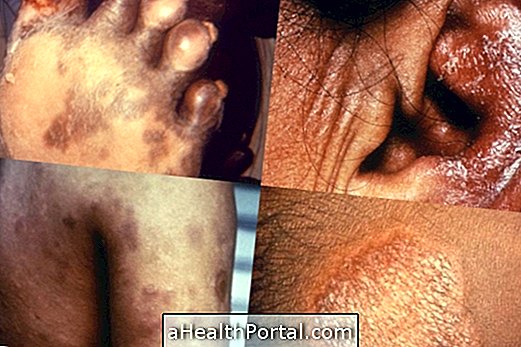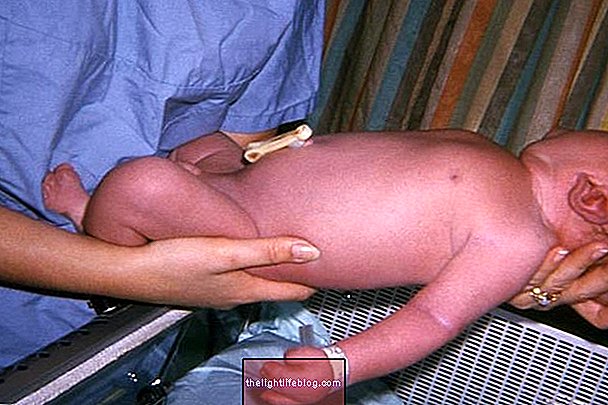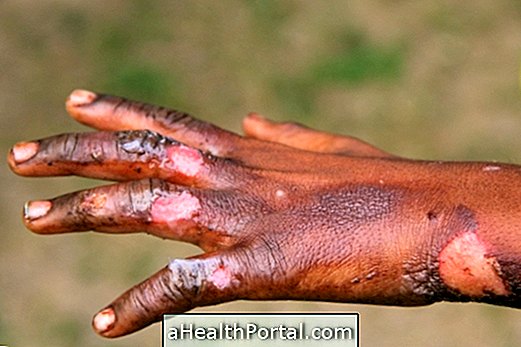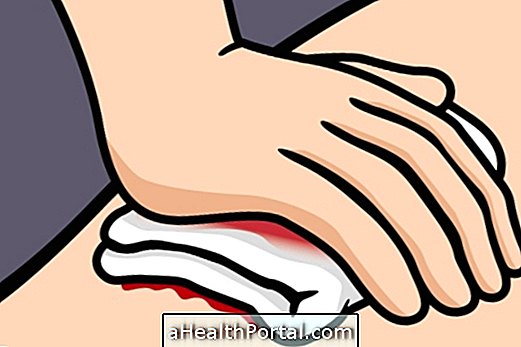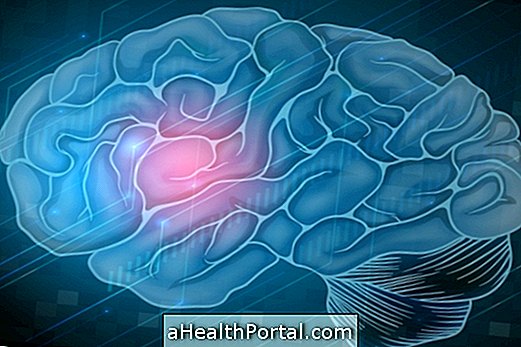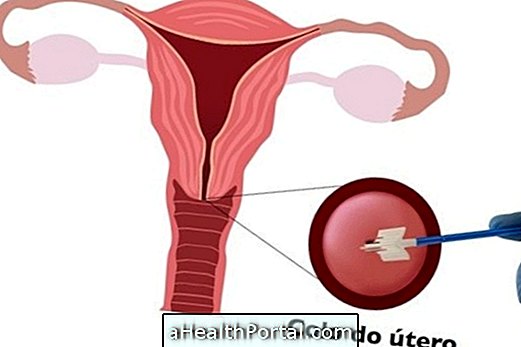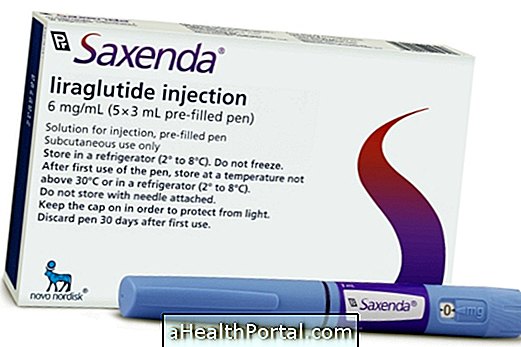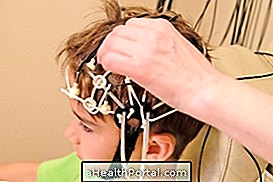Naegleria fowleri is a type of free-living amoeba that can be found in untreated hot waters, such as rivers and community pools, for example, and that can enter the body through the nose and directly reach the brain, where it destroys brain tissue and causes symptoms such as loss of appetite, headache, vomiting, fever and hallucinations.
Infection with Naegleria fowleri it is rare and its diagnosis and treatment is difficult, so most of the time, the diagnosis of this infection is made post mortem. Despite this, it is known that the parasite is sensitive to Amphotericin B and, therefore, if there is a suspicion of infection by Naegleria fowleri, the doctor indicates the start of treatment with this medication.

Main symptoms
Because of this amoeba's ability to destroy brain tissue, it is popularly known as the brain-eating parasite. Symptoms of infection appear about 7 days after contact with the parasite and can include:
- Loss of appetite;
- Headache;
- Vomiting;
- Fever;
- Hallucinations;
- Blurry vision;
- Changes in mental status.
When symptoms start to appear, they can be easily confused with those of bacterial meningitis, but when the infection is at a more advanced stage it can cause seizures or even coma. In order to differentiate the two diseases, the doctor, in addition to assessing the person's clinical history and habits, requests that meningitis tests be carried out so that the differential diagnosis can be made and appropriate treatment can be started.
How diagnosis and treatment are made
As it is a rare infection, the diagnosis of Naegleria fowleri it is difficult, as there are not many resources available for identification. Specific tests for the identification of this parasite are found mainly in the United States, as most cases are identified there due to the climate. Thus, a good part of the cases of infection by Naegleria fowleri are diagnosed after the patient's death.
As it is a rare disease and the diagnosis only happens after death, there is no specific treatment for this parasite, however medications such as Miltefosina and Amphotericin B are effective in combating this amoeba, and may be recommended by the doctor in case of suspicion.
How to get this parasite
Amoeba infectionsNaegleria fowleri they occur when the parasite enters the body through the nose, which is why it is more common to appear in people who practice water sports such as diving, skiing or surfing for example, especially if these sports are done in contaminated water.
In these cases, what happens is that water is forced into the nose and the parasite is able to reach the brain more easily. This parasite is considered thermotolerant, that is, it can withstand variations in temperature and because of that, it can survive in human tissues.

How to avoid infection
In most cases, these parasites can be found in hot water regions such as:
- Lakes, ponds, rivers or mud pools with hot water;
- Untreated pools or spas;
- Wells of untreated water or untreated municipal waters;
- Hot springs or sources of geothermal water;
- Aquariums.
Although dangerous, this parasite can be easily eliminated from swimming pools or spas with suitable water treatments.
This is considered a rare infection and to avoid catching this infection, you should avoid bathing in untreated water. In addition, this is an infection that is not contagious, so it is not spread from person to person.
Was this information helpful?
Yes No
Your opinion is important! Write here how we can improve our text:
Any questions? Click here to be answered.
Email in which you want to receive a reply:
Check the confirmation email we sent you.
Your name:
Reason for visit:
--- Choose your reason --- DiseaseLive betterHelp another personGain knowledge
Are you a health professional?
NoMedicalPharmaceuticalsNurseNutritionistBiomedicalPhysiotherapistBeauticianOther
Bibliography
- CENTER FOR DISEASE CONTROL AND PREVENTION. Naegleria fowleri. Available in: . Accessed on Dec 10, 2018
- WEBMD. Brain-Eating Amoeba. Available in: . Accessed on Dec 10, 2018
- SIQUEIRA-BATISTA, Rodrigo et al. Neuroinfection by Naegleria fowleri: clinical-therapeutic, epidemiological and ecological aspects. Journal of Neurosciences. Vol 15. 4 ed; 310-316, 2007
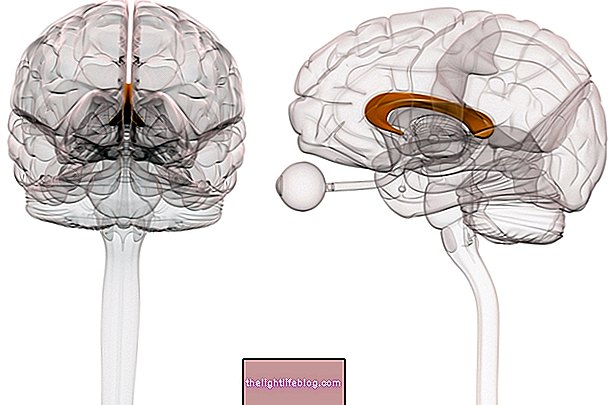

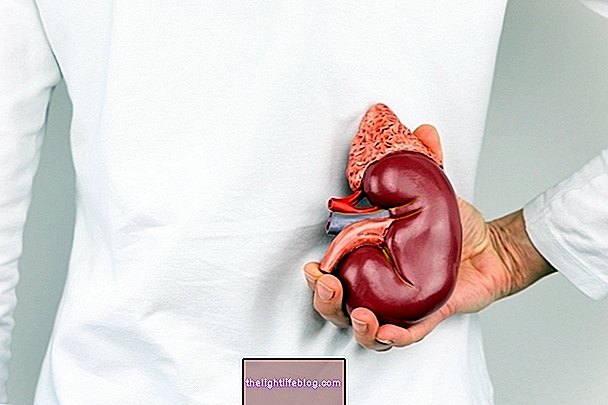

-o-que--e-como--feito-o-tratamento.jpg)
.jpg)



